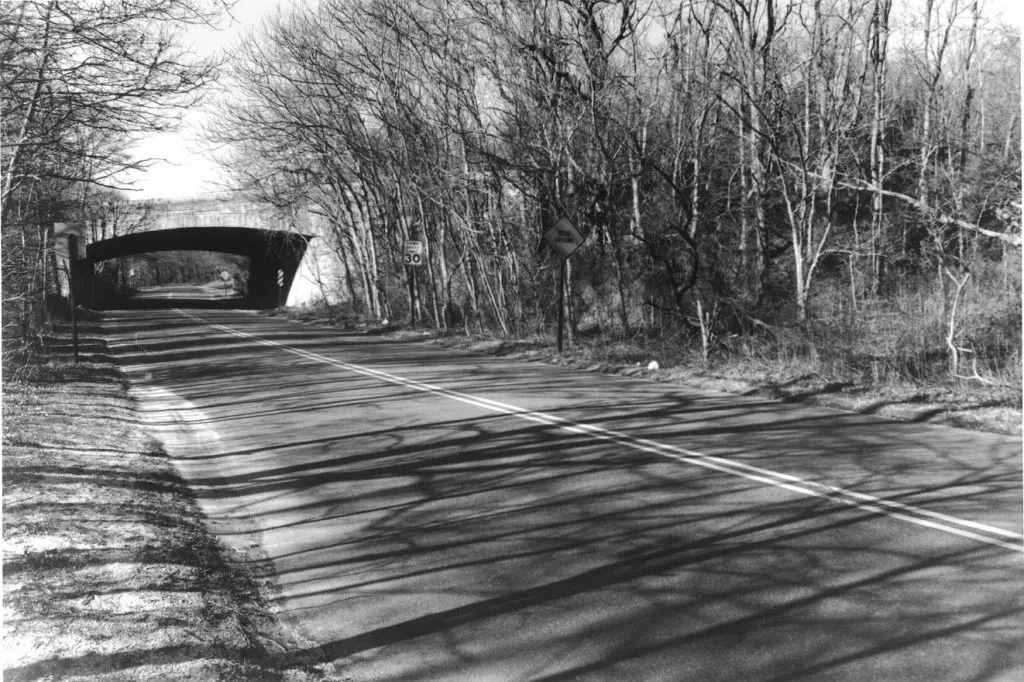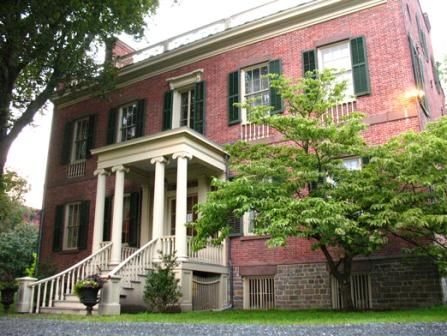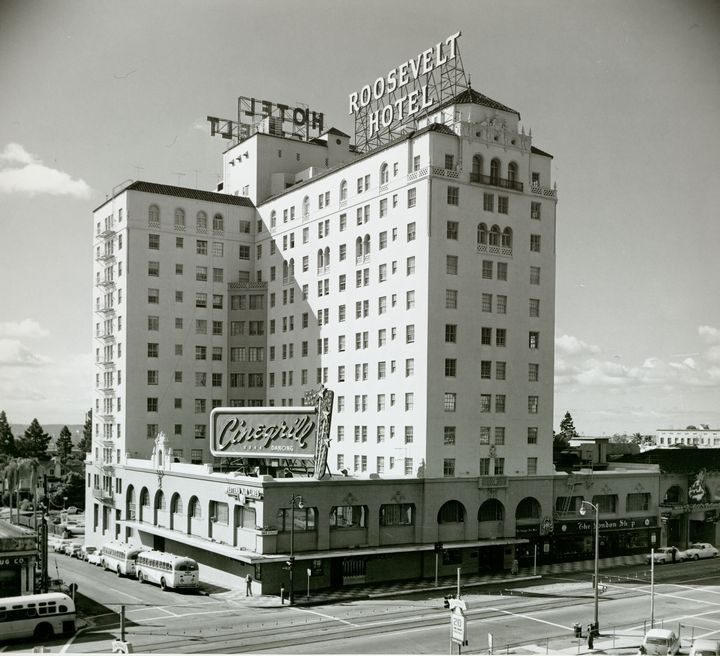As of March 2022, the iconic Hotel Chelsea has reopened its doors to the public. This comes over 11 years since its closure to the public as a hotel. The hotel was previously bought over by hoteliers Ira Druker, Richard Born, and SeanMacPherson in 2016. The trio have previously announced in April of 2021 that they had aimed to reopen the hotel to the public by the end of 2021. However, constant delay forced the hotel to delay its opening till March 2022.
However, the hotel is partially opened to the public as renovations continue to be ongoing. In fact, renovation works have been ongoing at the historic hotel for well over a decade.
This is partly due to regulations enforced by Department of Buildings and Department of Housing Preservation and Development, and ongoing lawsuits between hotel owners and tenants of the building. In January 2021, the Department of Buildings rescinded a stop-work order that have been issued in 2018 due to the lack of a Certificate of No Harassment, a document that is needed to renovate even a single room in the building. Four months later, in May 2021, the owners of Hotel Chelsea filed a collective lawsuit against the city, alleging that the delays due to the stop-work order costed them at least $100 million.
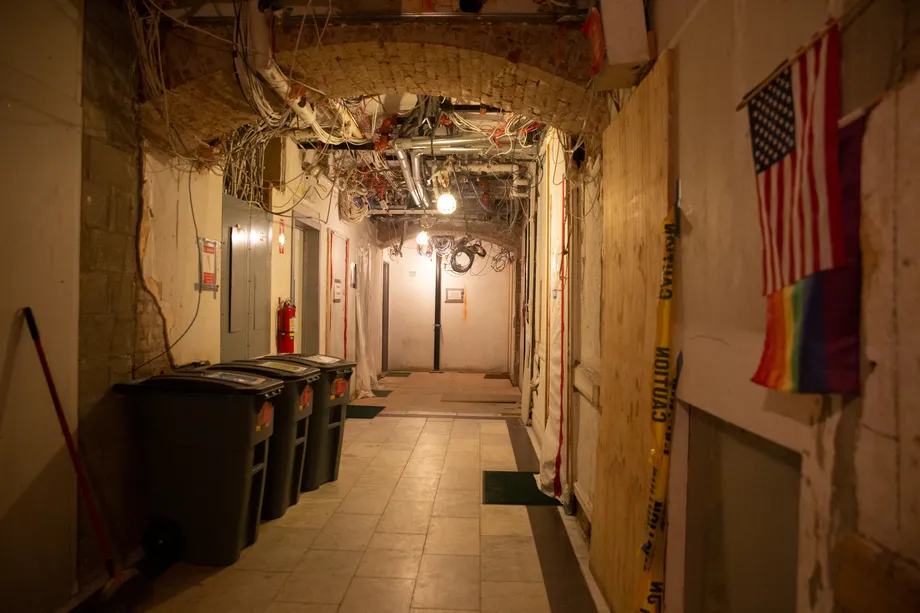
History of Chelsea Hotel
Built in 1884, the 250-unit Chelsea Hotel (also known as Hotel Chelsea, or The Chelsea) was once a landmark icon and the home of countless writers, musicians and actors. Located on the corner of W 23rd St and 7th Ave in Manhattan, New York, the twelve-story building was designed by Philip Hubert from Hubert, Pirrson & Company, and was one of several cooperatives built by the company for struggling artists in New York. The building featured flower-patterned iron balconies and a grand staircase that extends from the ground floor to the top of the building. Upon its completion, the building was the tallest structure in New York.
However, the business model created by Hubert was stressed by several factors including economic downturns, the opening of Upper Manhattan, and the growing supply of houses in the city. Due to the falling occupancy and a lack of profitability, the building was converted to a hotel in 1905 to provide luxury accommodations to wealthy travelers in Manhattan. It was since known as Chelsea Hotel due to its popularity in the the neighborhood of Chelsea.
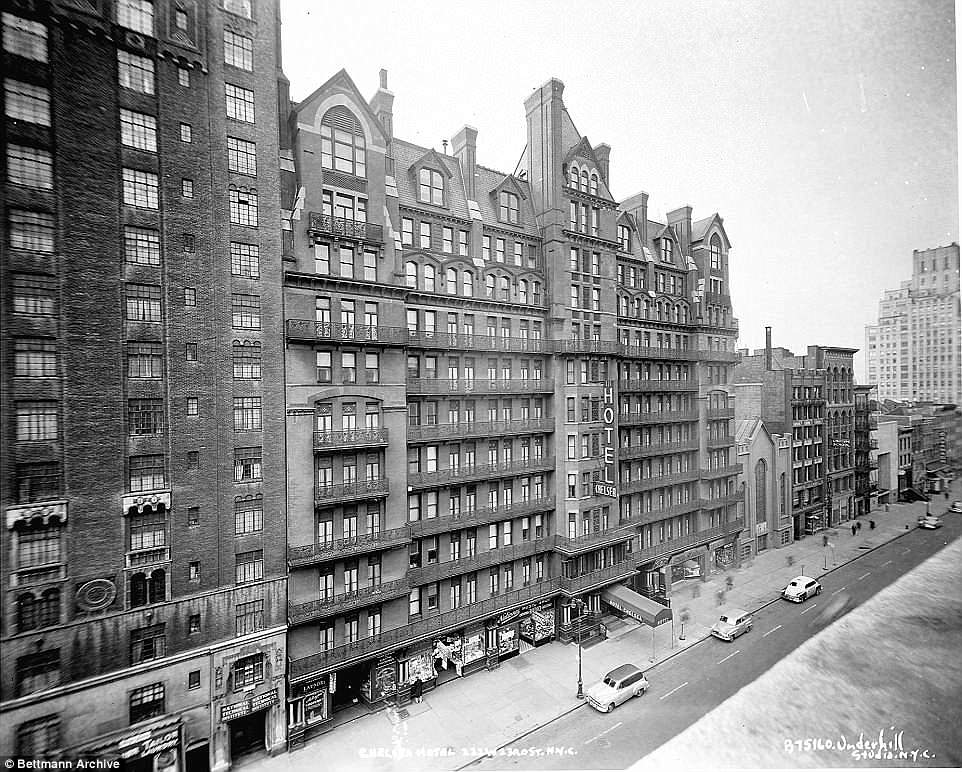
Some of the notable individuals who have spent their days in the hotel include writer Samuel Clemens (more popularly known by his pen name Mark Twain), Impressionists Child Hassam, painter Jackson Pollack and Larry Rivers, renown poets Edgar Lee Mastersm and Dylan Thomas, and novelist Thomas Wolfe. Some of the more recent figures who have stayed in Hotel Chelsea include singer Bob Marley, Bob Dylan and Madonna, songwriter Rufus Wainwright, and novelist Joseph O’Neil. Andy Warhol filmed the 1966 Chelsea Girls which depicted the lives of several woman who lived in the hotel. It was also infamously known for being the place where Sid Vicious of the Sex Pistols murdered his girlfriend Nancy Spungen.
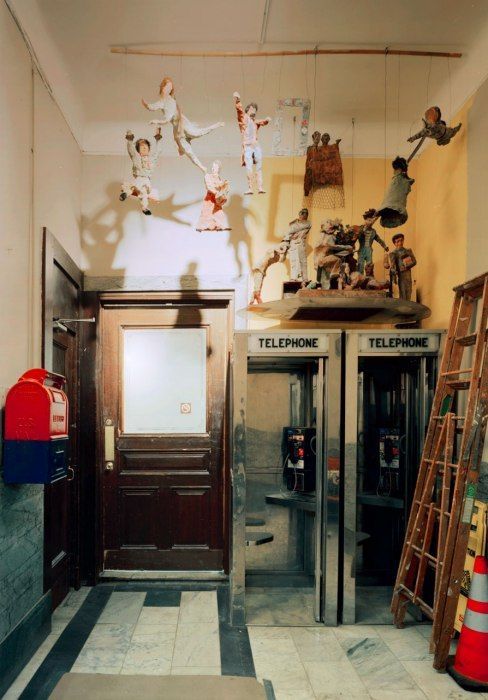
In 1939, the hotel had a temporary setback when it went bankrupt. Fortunately, a group of investors including Joseph Gross, Julius Krauss, and David Bard pooled together to take over the iconic building. It was designated as a New York City landmark in 1966 and subsequently listed on the National Register of Historic Places in 1977.
Chelsea Hotel was later sold to real estate investor Joseph Chetrit in 2011 for $80 million. Shortly after the takeover, Chetrit began a massive renovation project in a bid to restore the hotel to its former splendeur. Since then, the hotel has stopped taking reservations albeit long-term residents continues to reside in the building. A longstanding feud soon emerged between Chetrit and tenants of the hotel. In 2014, Zoe Pappas, head of Hotel Chelsea tenant association, managed to fight off a complete eviction of the hotel’s tenants by Chetrit. After numerous failed attempts at revamping the hotel, Chetrit sold the hotel to Ed Scheetz in 2013.
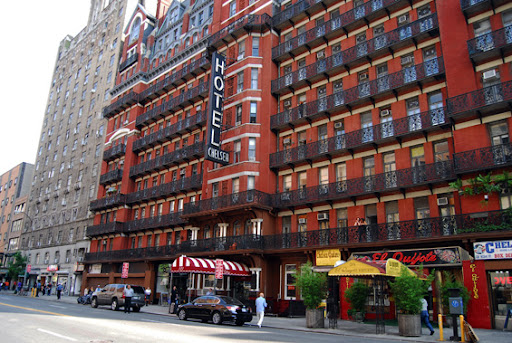
Three years later, Hotel Chelsea changed hands again, this time to a group of hoteliers including Ira Drukier and Richard Born of BD Hotels, and Sean MacPherson. The deal was reportedly priced at $250 million. The trio have continued with the renovation works left off by Chetrit but was issued with a stop-work order by the city in late 2018. The renovation project resumed in January 2021.
Hauntings at Hotel Chelsea
The longstanding history and long list of famous figures who have once called the hotel Chelsea have led many to believe that the hotel is haunted by its famous residents. Today, it is reputed to be one of the most haunted hotel in New York City.
According to reports, the hotel once housed survivors who have survived the 1912 sinking of the Titanic. Mary, one of the survivors of the tragic incident, reportedly became depressed after the death of her husband. One night, she hung herself in a room on the fifth floor. Many now say that the forlorn ghost of Mary roams along the hallway on the fifth floor. She is known to be the “Vain Ghost” or the “Vain Woman,” for she is often seen looking at herself in front of a mirror.
Another popular resident ghost is Nadia, a woman who was said to have severed her hand before leaping to her death. Nadia was the daughter of a wealthy trader who had eloped with a handsome songwriter when the two were still in their teens. After years of living with her alcoholic husband, Nadia returned to Hotel Chelsea and begged for her father to accept her. Nadia’s father eventually relented and brought her back, under the condition that she would be responsible for all the housework. After months and years of toiling, Nadia’s hands were ruined; she could no longer create the artistic artworks that she has been pursuing since young. Distraught, Nadia cut her right hand off and jumped out of the windows from her room. Today, guests claimed to have seen the ghost of a lady with a severed hand roaming around the hotel lobby.
Other paranormal happening in the hotel include cold spots, unexplainable sounds from vacant rooms, and flickering lights along the hallways.
Room 100 in Chelsea Hotel
The infamous Room 100, or “Sid Vicious & Nancy Spungen Room”, is the room where Sid Vicious of the Sex Pistols murdered his longtime girlfriend Nancy Spungen.
On October 12, 1978, Vicious made a police report caliming to have found Spungen dead on the bathroom floor with a knife wound to her abdomen. He was immediately arrested and charged with the murder of Spungen. During the investigations, Vicious gave multiple conflicting reports of what had happened. One version says that “I stabbed her, but never meant to kill her”, while the other says that Spungen had accidentally fallen onto the knife during a fierce argument between the two. Days after the death of Spungen, VIcious attempted to commit suicide twice. He first slit his wrist with broken glass pieces from a smashed light bulb. After being admitted to Bellevue Hospital, he attempted to kill himself once again by jumping off the window. Vicious was found dead from a heroin overdose on February 2nd, 1979. Till this day, it remains unknown if the killing of Spungen was a drug deal gone wrong or an argument that escalated into rage and murder.
The room however, no longer exists. It was demolished to become one of the bedrooms in Suite 103. The door leading to Room 100 was also boarded up to prevent any unauthorised access. Hence, visitors can no longer visit Room 100 at Chelsea Hotel.
However, prior to the demolition of the room, guests have reported seeing the apparition of Vicious and Spungen quarrelling in the room. Loud arguments was also heard by the guests passing by Room 100 in spite of it being vacant.
Where Is Chelsea Hotel?
The exact address of the historic Hotel Chelsea is 222 W 23rd St, New York, NY 10011, United States.
To visit the hotel, travel 0.5 miles westbound along E 23rd St and W 23rd St from Madison Square Park. Hotel Chelsea can be found on the left hand side of the road, just after the junction of W 23rd St and 7th Ave. The historic building can be identified by its red-brick facade and iron-grilled balconies. A vertical signage stating “Hotel Chelsea” can also be seen from the street.

